The seated leg curl machine is one of the most popular and effective pieces of equipment in the gym for targeting the muscles of the posterior chain, specifically the hamstrings. By focusing on this key muscle group, you can build strength, improve flexibility, and prevent injuries. In this article, we will delve into the muscles worked during the seated leg curl, its benefits, and why it should be a staple in your fitness routine.
What Is the Seated Leg Curl Machine?
The seated leg curl machine is designed to isolate and target the hamstrings, which are the muscles located at the back of the thigh. Unlike the lying leg curl machine, where you are positioned face down, the seated leg curl requires you to sit upright with your legs extended in front of you. As you pull your feet toward your glutes by flexing your knees, the machine works to strengthen and build your hamstrings.
Muscles Worked in the Seated Leg Curl
The primary muscle group engaged during a seated leg curl is the hamstrings, but the exercise also works several other muscles indirectly. Here’s a breakdown of the muscles involved:
-
Hamstrings
- The hamstrings are a group of three muscles: the biceps femoris, semitendinosus, and semimembranosus. These muscles are responsible for bending the knee and extending the hip. The seated leg curl focuses on the knee flexion portion of hamstring action, making it an excellent exercise for isolating these muscles and promoting balanced lower body strength.
-
Gastrocnemius (Calves)
- While the main focus of the seated leg curl is the hamstrings, the gastrocnemius (the large calf muscle) also gets activated. This muscle helps stabilize the ankle joint during knee flexion. Although the calves aren’t the primary target, they assist in controlling movement and providing stability as you perform the exercise.
-
Glutes (Gluteus Maximus)
- The glutes are indirectly engaged during the seated leg curl, especially at the end of the movement when you bring your feet toward your glutes. While they don’t experience the same level of contraction as the hamstrings, they do play a supporting role in stabilizing the body.
-
Hip Flexors
- The hip flexors, particularly the iliopsoas, work to stabilize the pelvis during the seated leg curl. They help to maintain the position of your torso and prevent unwanted shifting during the movement.
Benefits of Seated Leg Curls
-
Hamstring Isolation
- One of the primary advantages of the seated leg curl is that it isolates the hamstrings more effectively than other exercises, such as squats or deadlifts. Since your body is positioned upright and your legs are bent at the hip, the exercise primarily targets the knee flexion function of the hamstrings, which is often neglected in other compound leg exercises.
-
Injury Prevention
- Strengthening the hamstrings is crucial for reducing the risk of injuries, particularly in sports that require running, jumping, or sudden direction changes. Weak hamstrings are a common cause of hamstring strains, so adding seated leg curls to your routine can help reduce this risk.
-
Balanced Muscle Development
- The seated leg curl can be especially beneficial if you do a lot of quadriceps-dominant exercises (like squats or leg presses). Since many people tend to have stronger quadriceps relative to their hamstrings, incorporating seated leg curls helps promote balanced development between the front and back of the legs.
-
Improved Flexibility and Range of Motion
- Regularly performing seated leg curls can improve the flexibility and range of motion in your knee joint. This is particularly important for athletes, dancers, or anyone engaging in activities that require bending and flexing the knees.
-
Low-Impact Exercise
- The seated leg curl is a low-impact exercise that places less stress on the knees and lower back compared to other hamstring exercises like deadlifts. This makes it an excellent option for those with joint issues or those recovering from injuries.
How to Perform the Seated Leg Curl Correctly
To get the most out of your seated leg curls and minimize the risk of injury, it’s important to use proper form. Here’s a step-by-step guide:
-
Adjust the Machine: Sit down on the seated leg curl machine and adjust the backrest so that your knees are in line with the pivot point of the machine. Set the pad to rest just above your ankles, with your legs fully extended in front of you.
-
Set the Weight: Choose an appropriate weight for your fitness level. Start light and gradually increase the weight as you become stronger.
-
Perform the Movement: Exhale as you bend your knees, bringing your feet toward your glutes. Focus on using your hamstrings to perform the motion rather than relying on momentum. Once your knees are fully bent, pause for a second.
-
Return Slowly: Inhale as you slowly lower the weight back to the starting position, fully extending your legs. Control the movement to maintain tension on the hamstrings throughout the exercise.
-
Repeat: Perform the desired number of reps, usually between 8-12 per set, depending on your training goals.
Conclusion
The seated leg curl machine is a fantastic tool for targeting the hamstrings and enhancing your lower body strength. By isolating the hamstrings, improving flexibility, and preventing injury, it’s an essential part of any comprehensive leg training routine. Whether you’re a beginner or an advanced lifter, incorporating the seated leg curl into your workouts can help you achieve balanced muscle development and achieve your fitness goals.
If you’re serious about building stronger legs and improving your athletic performance, don’t overlook the benefits of this underrated exercise.

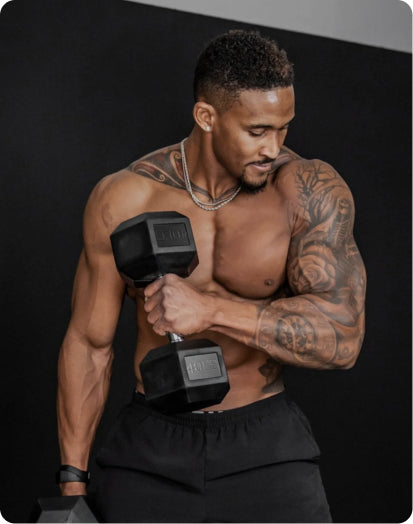
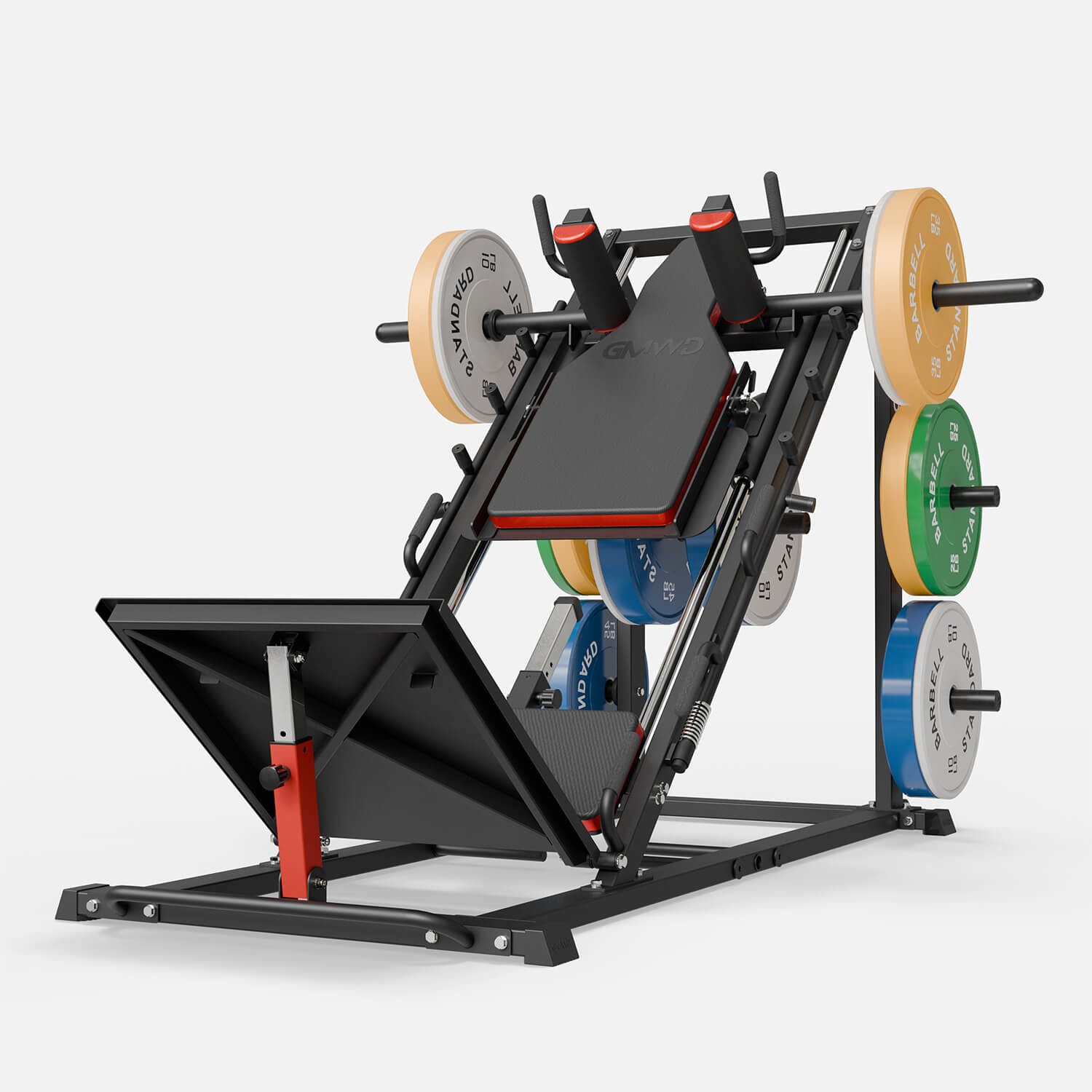
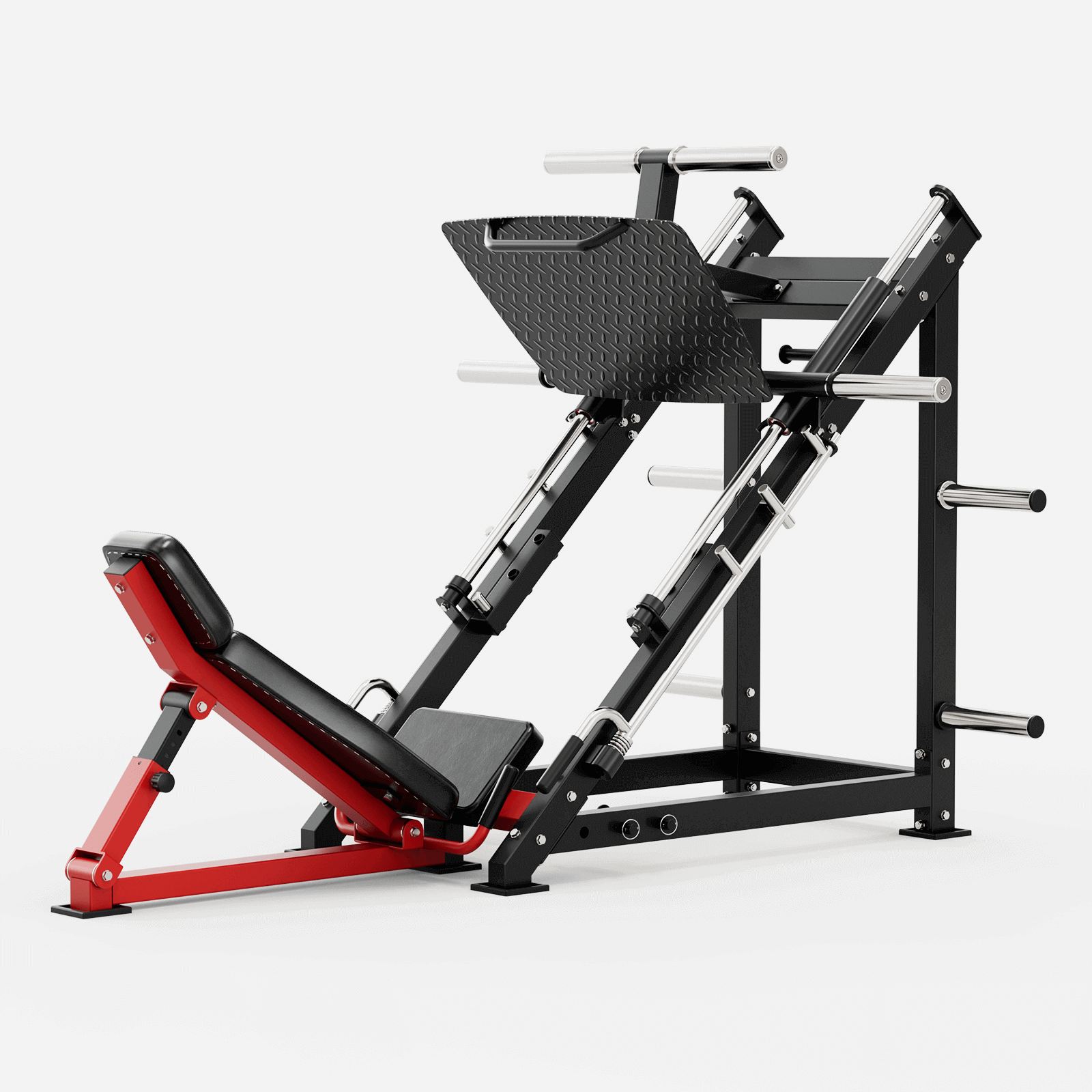
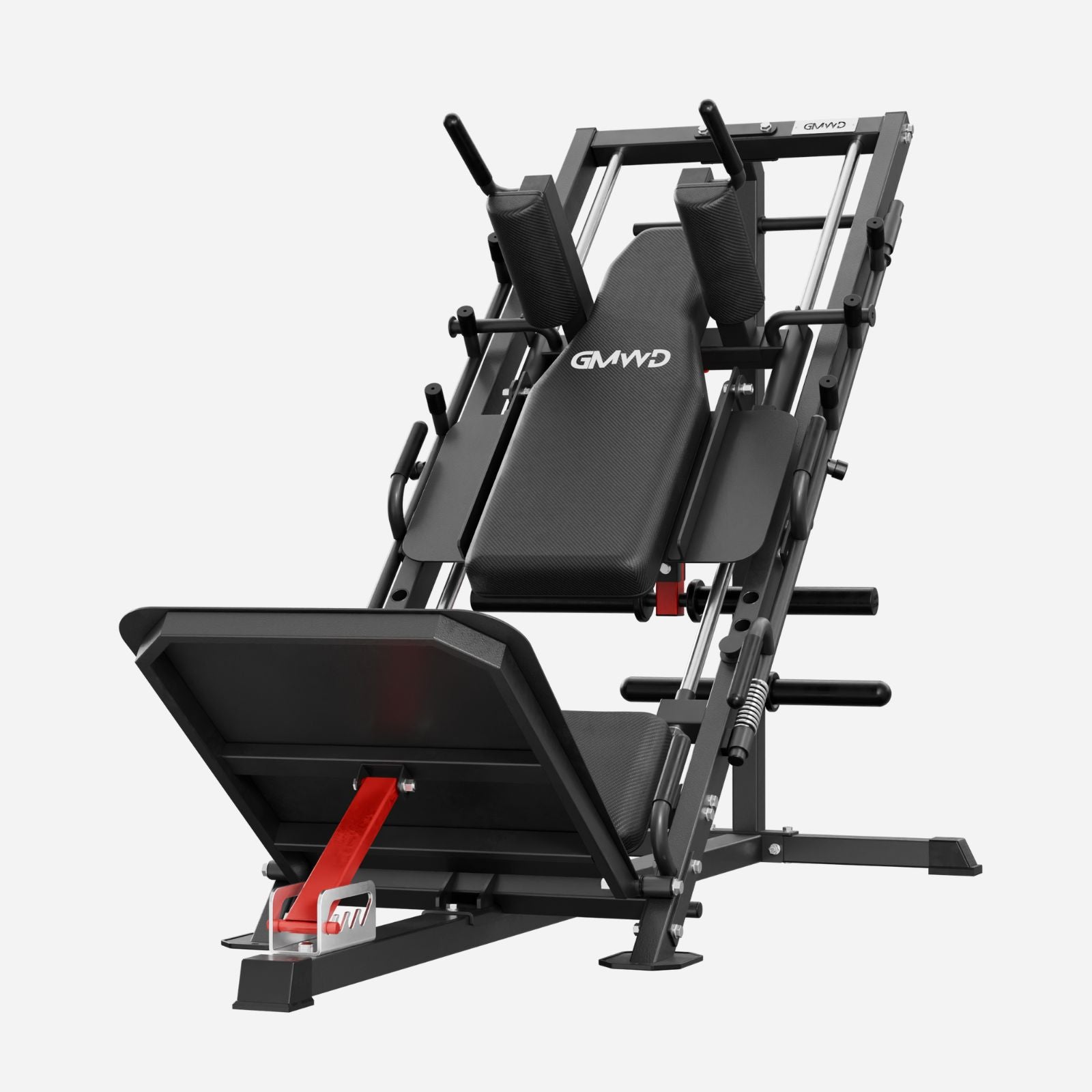
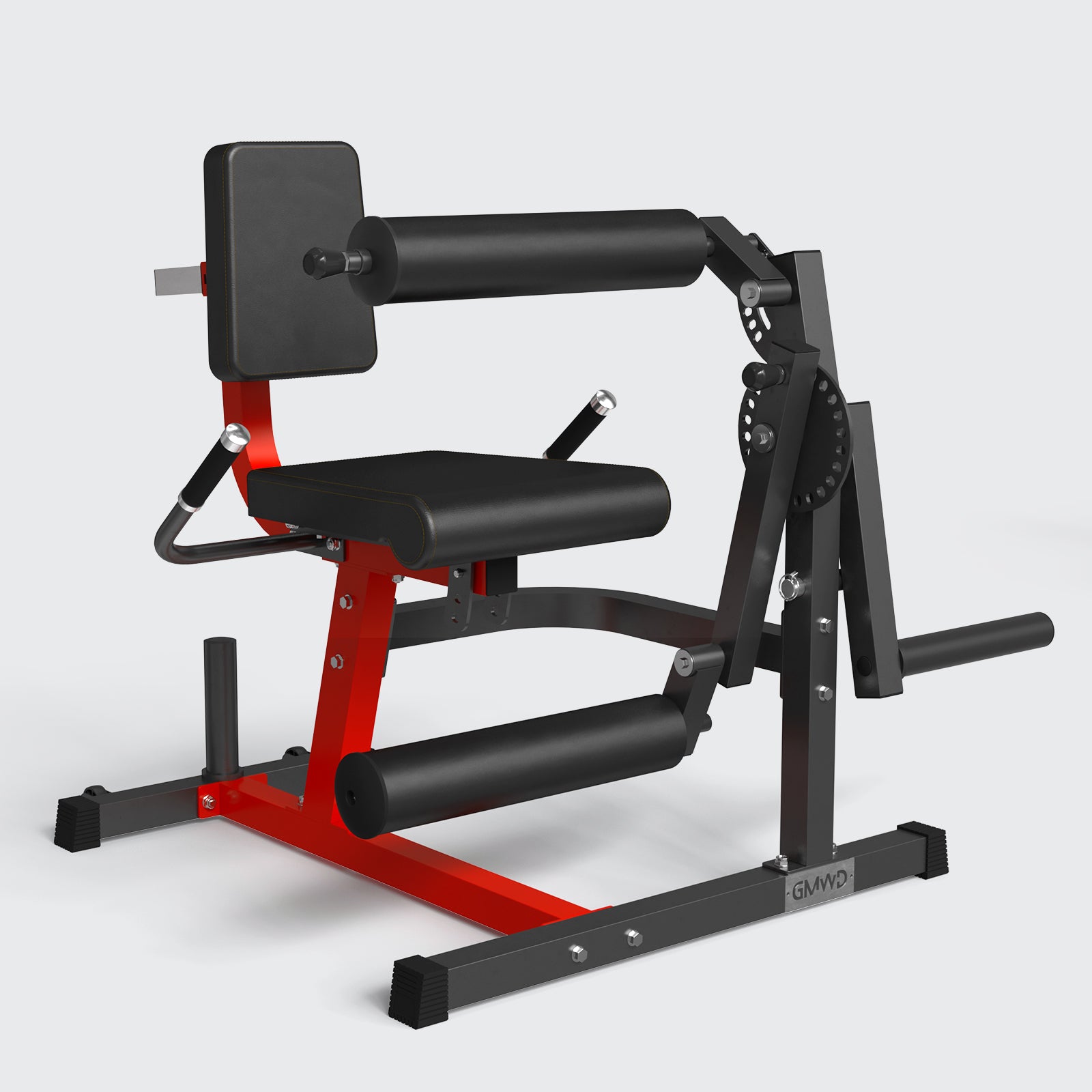
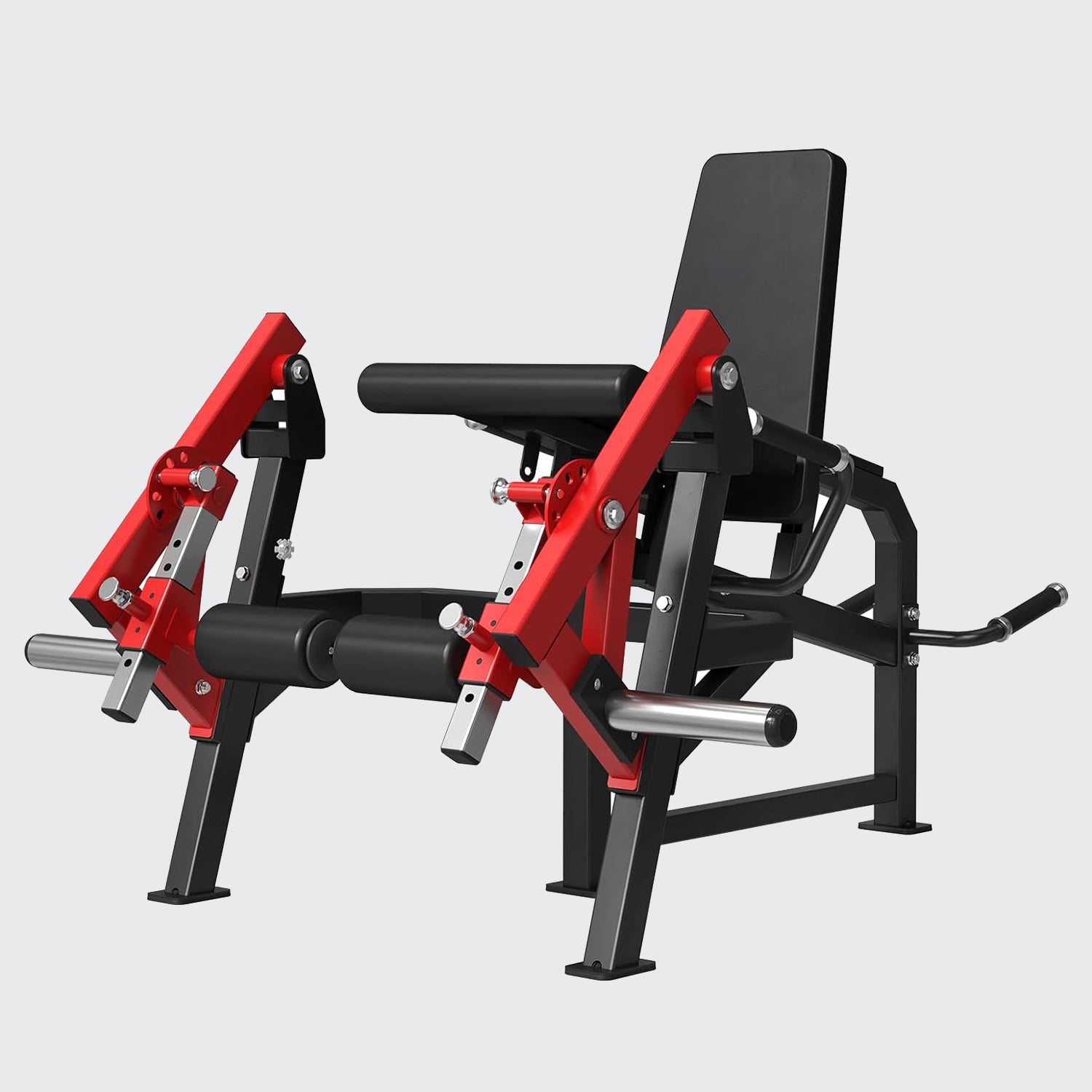
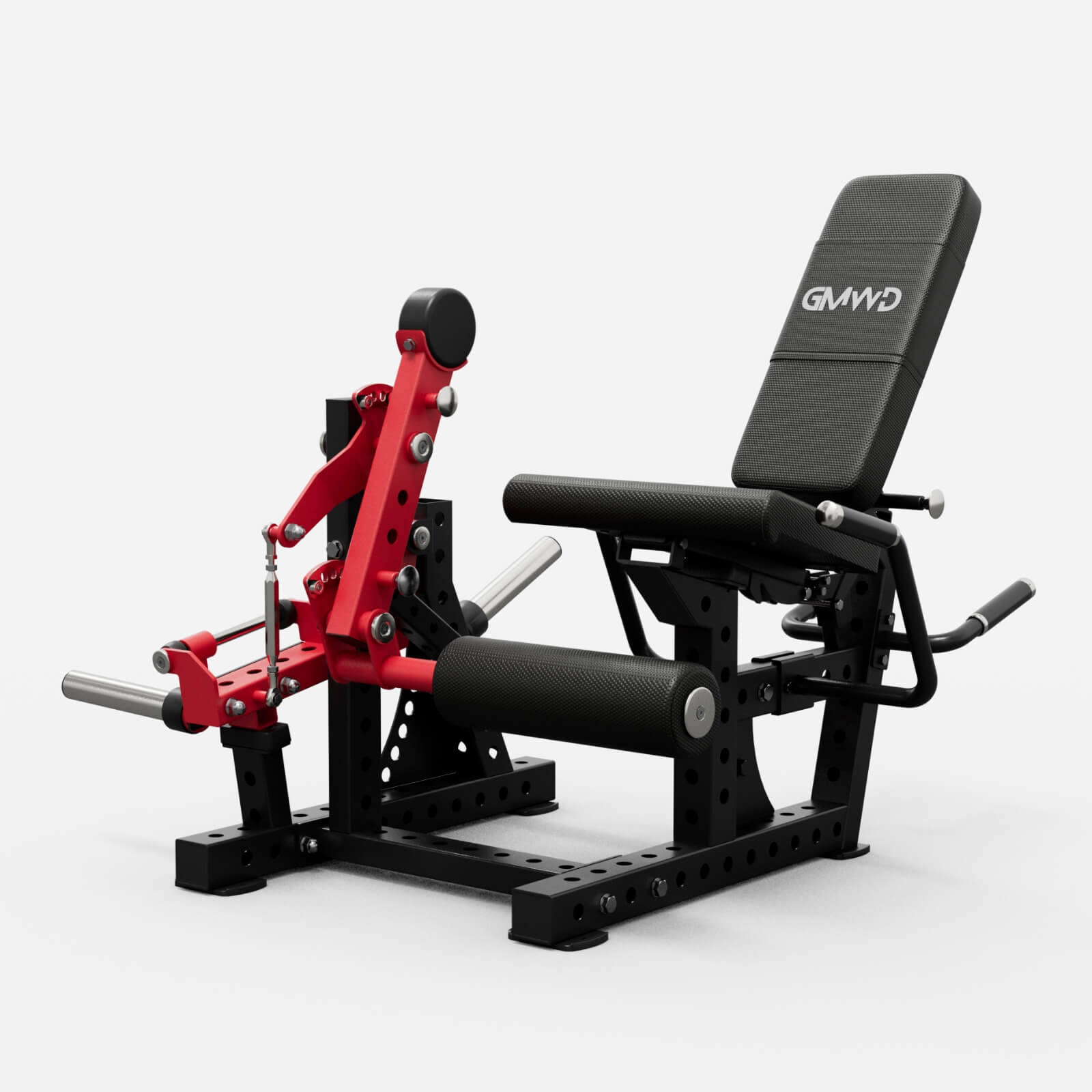
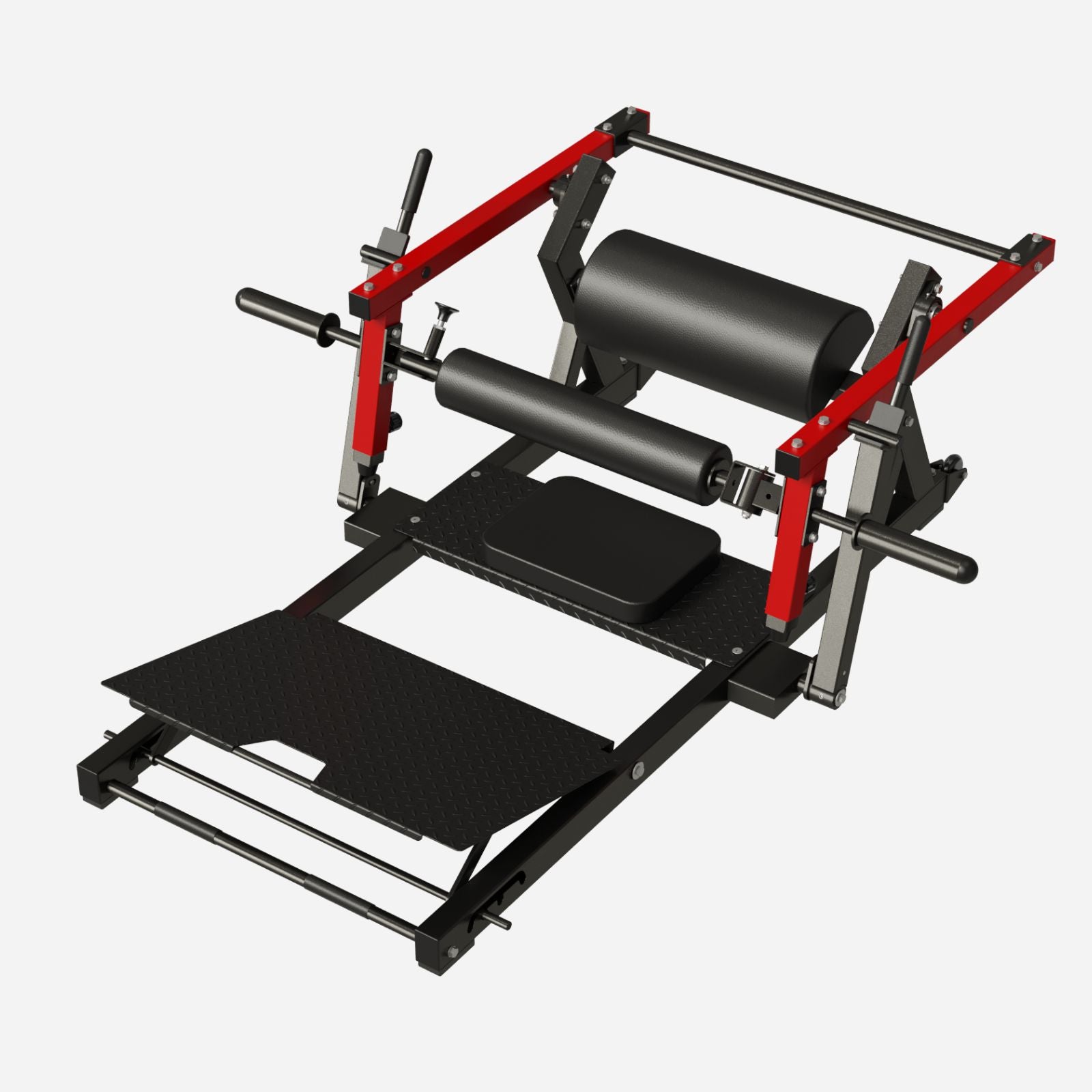

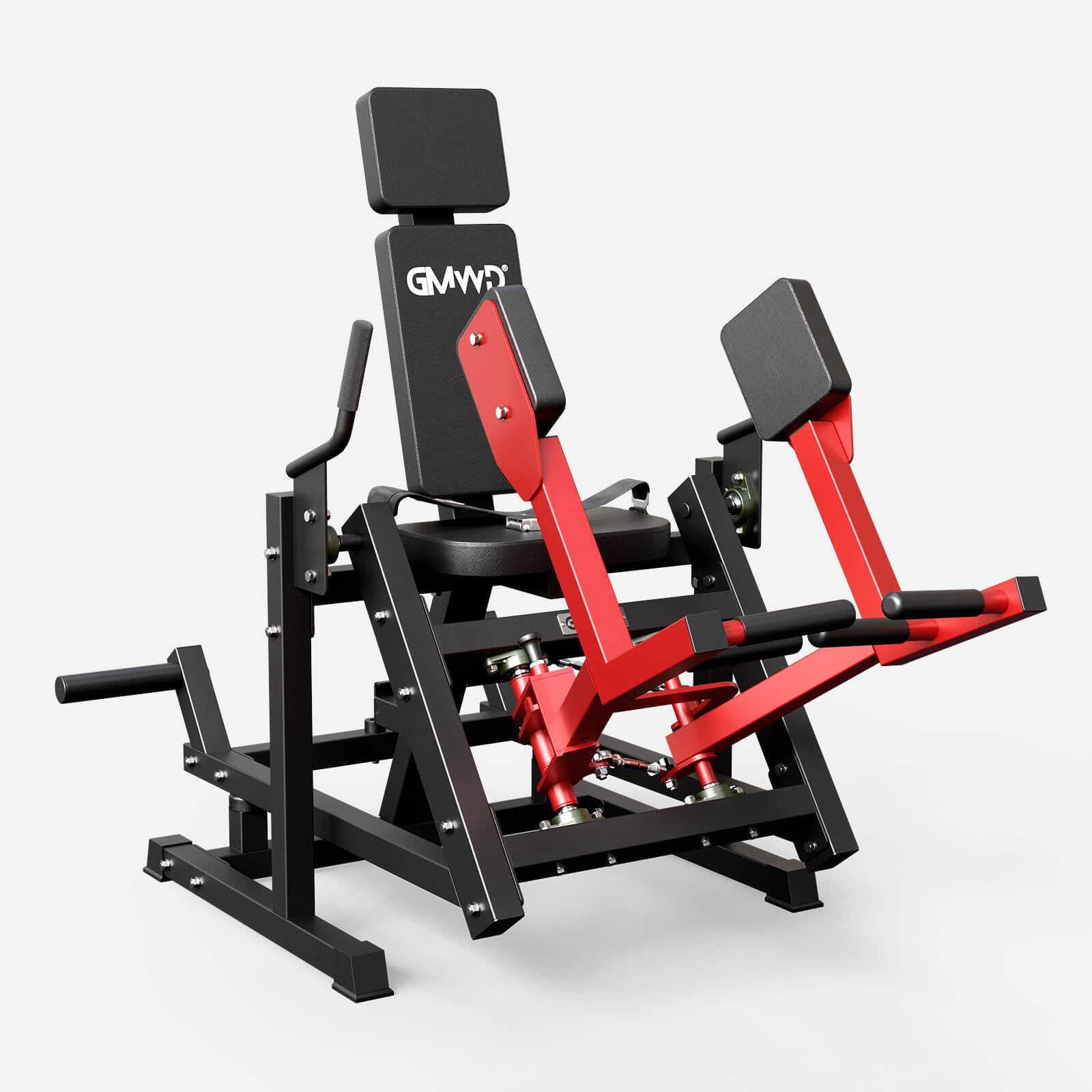
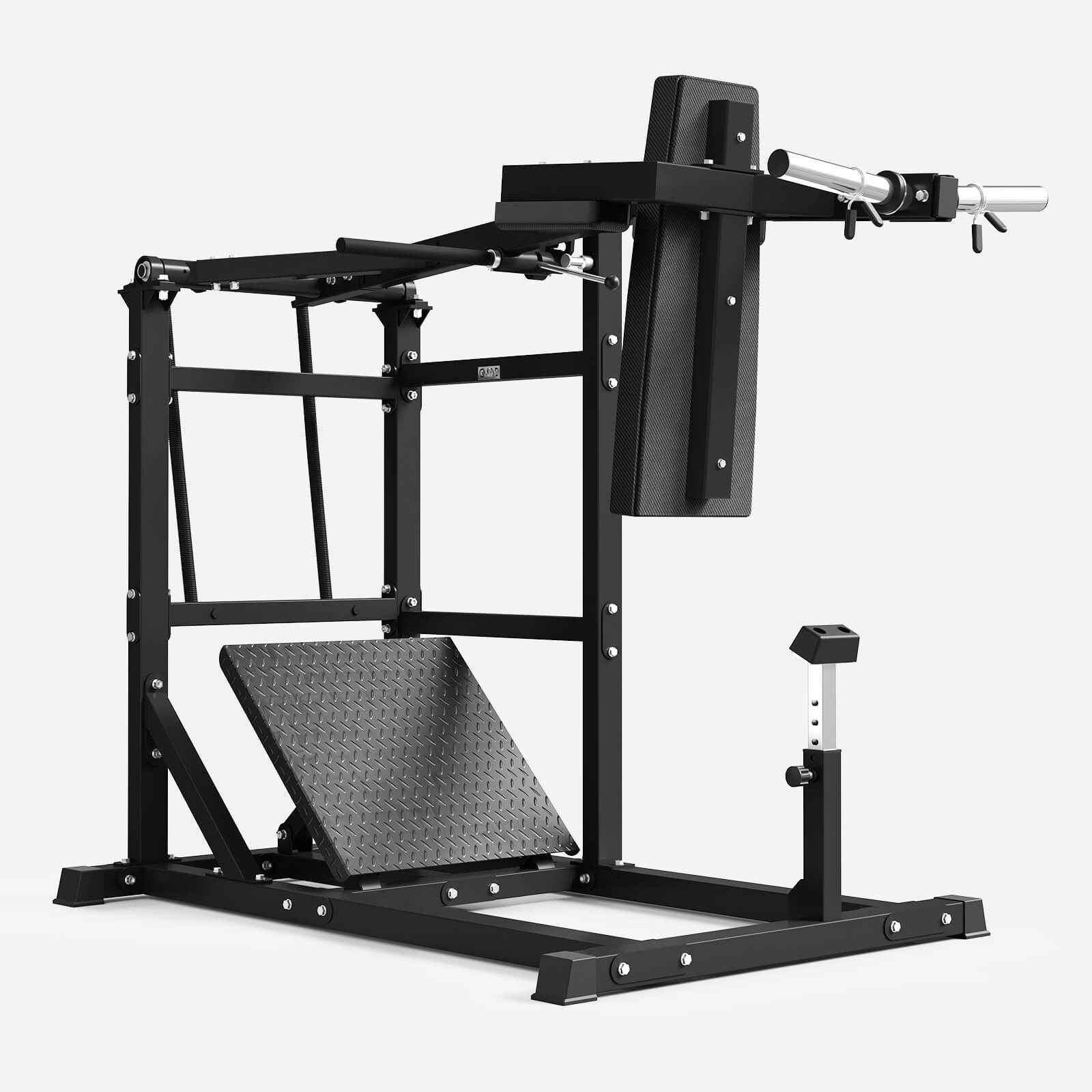
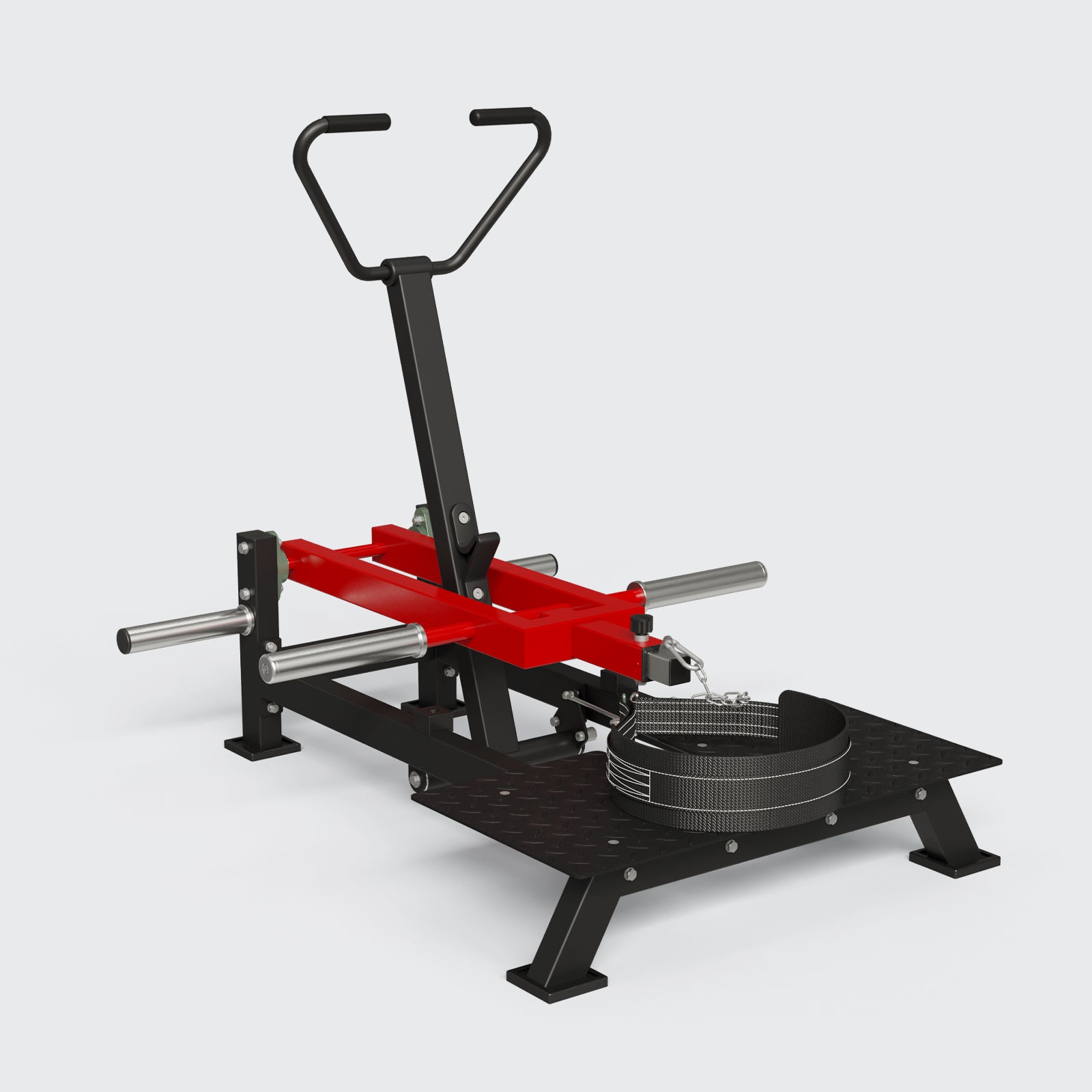
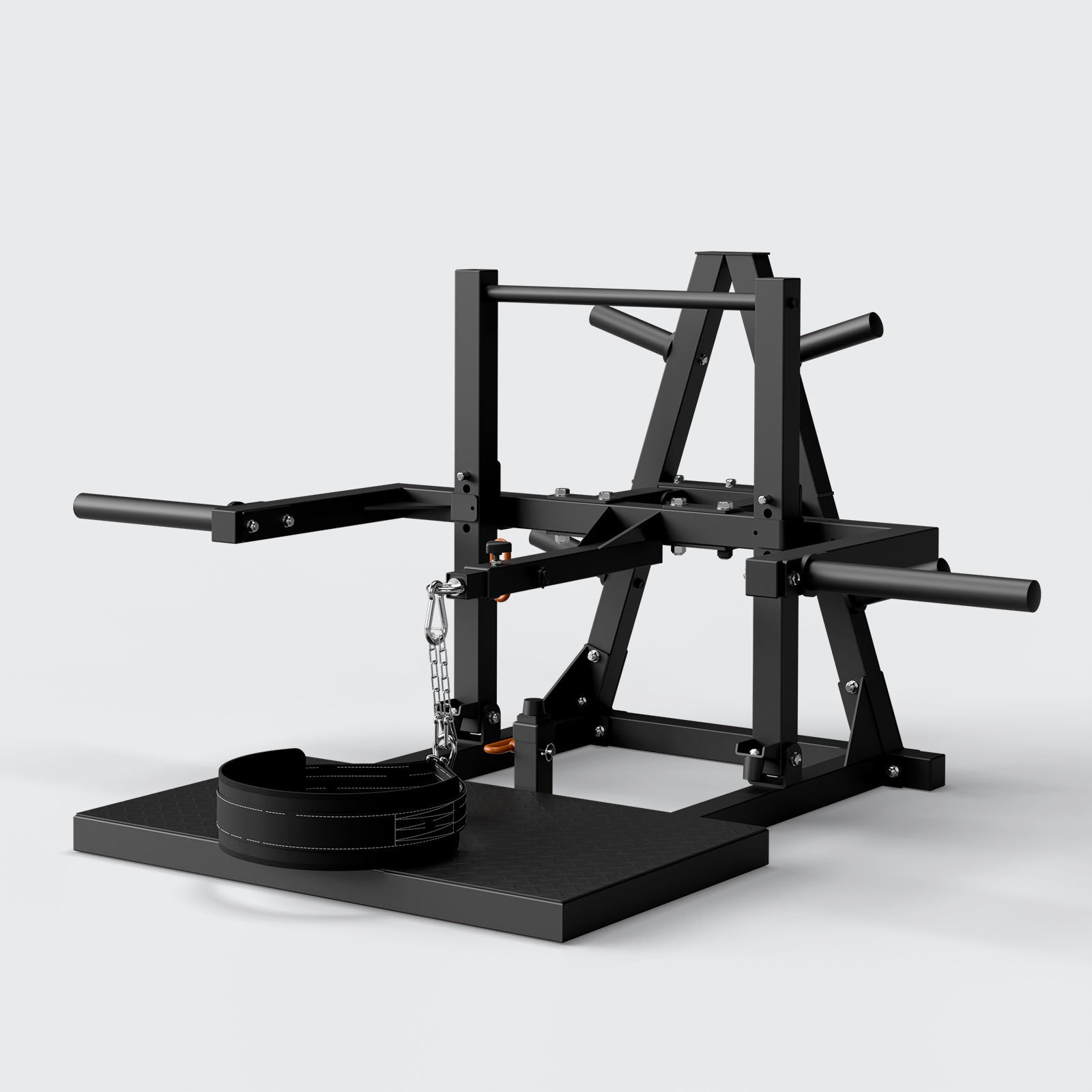

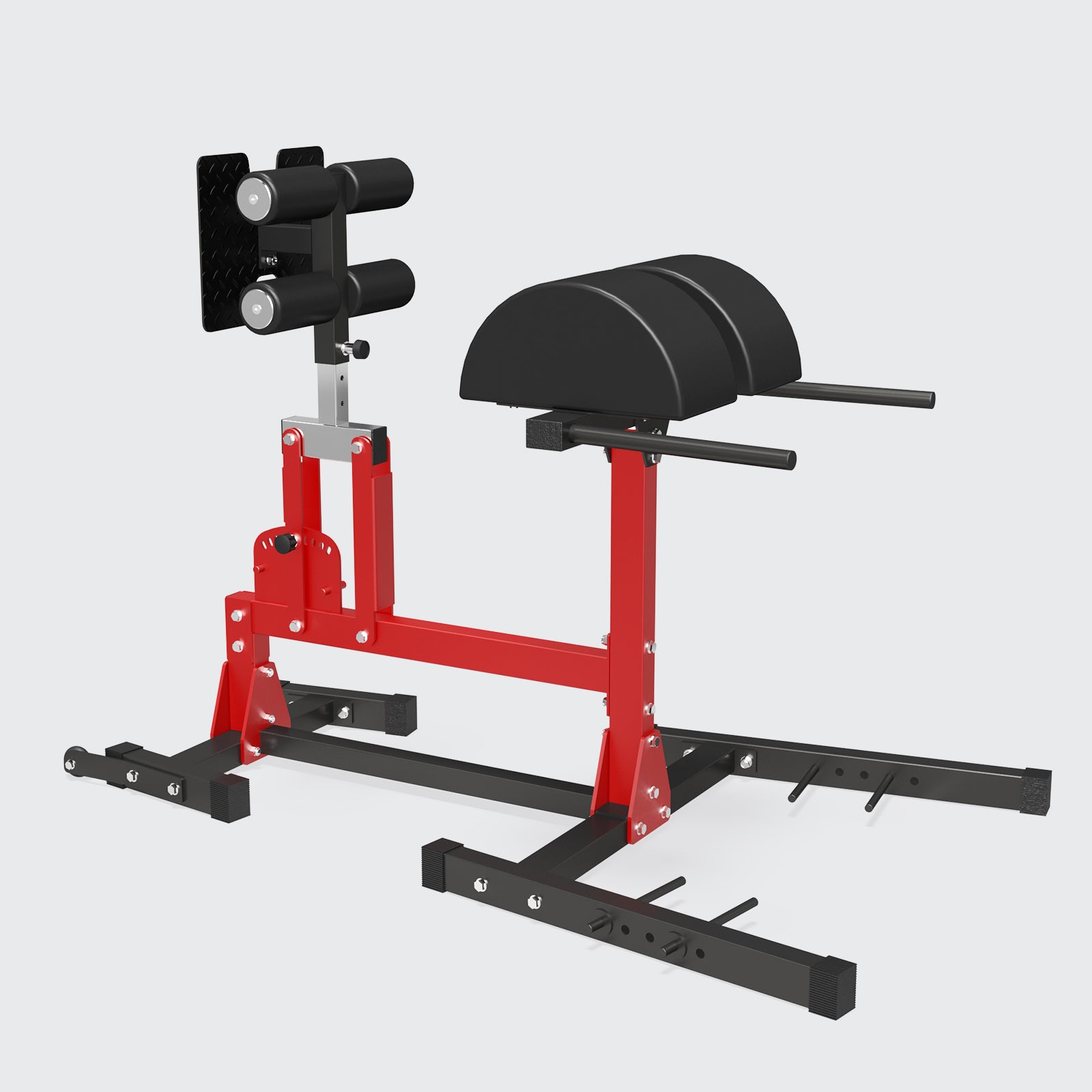
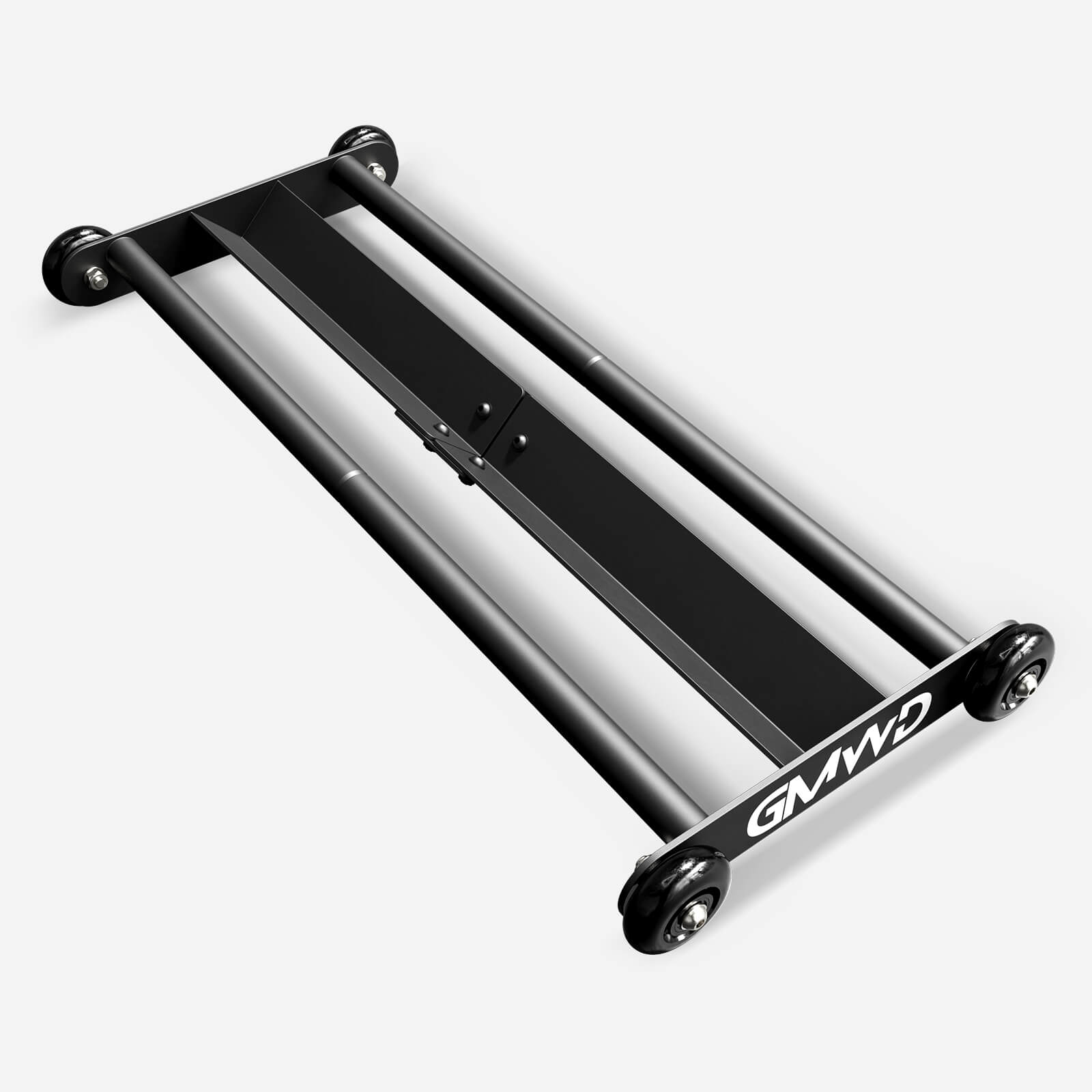
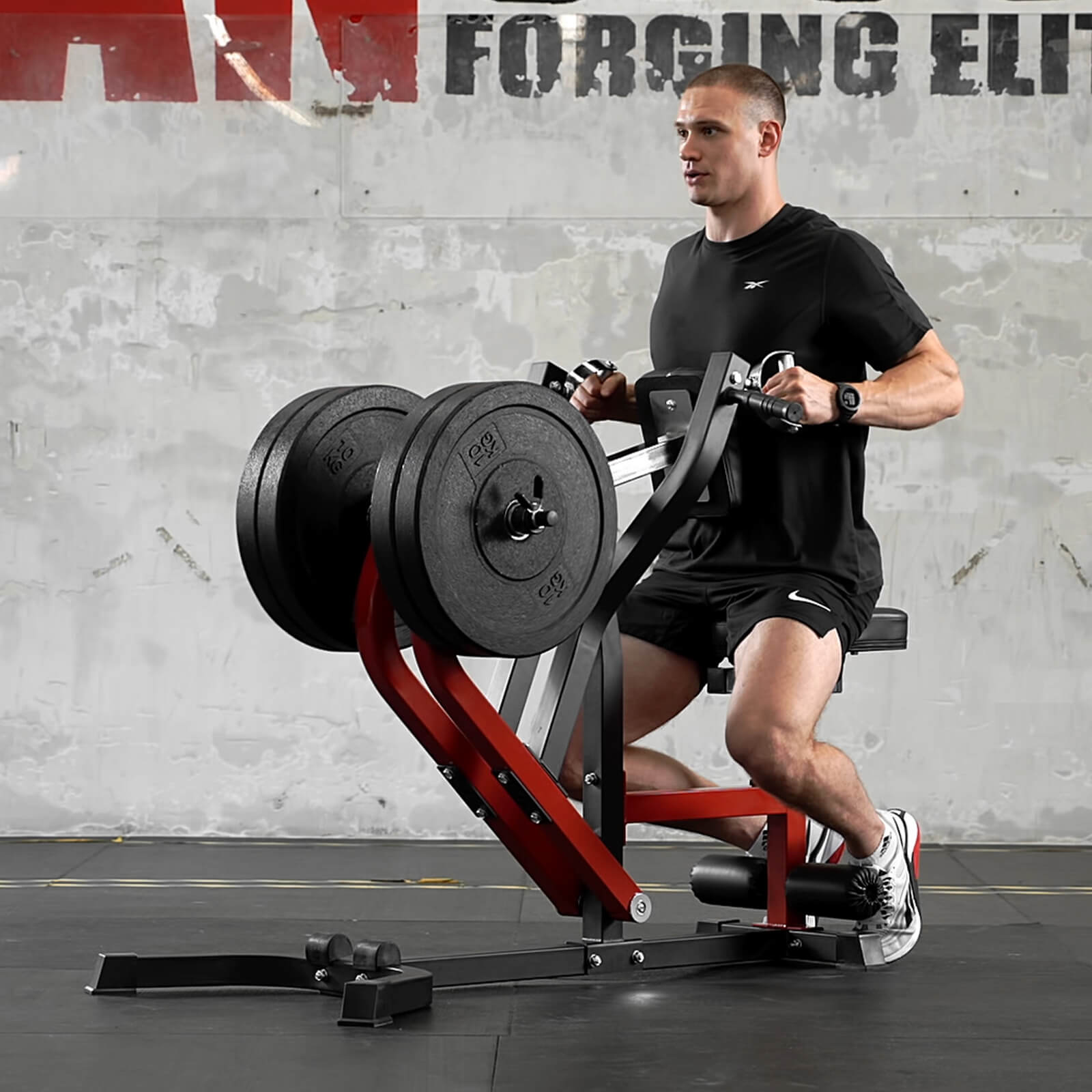
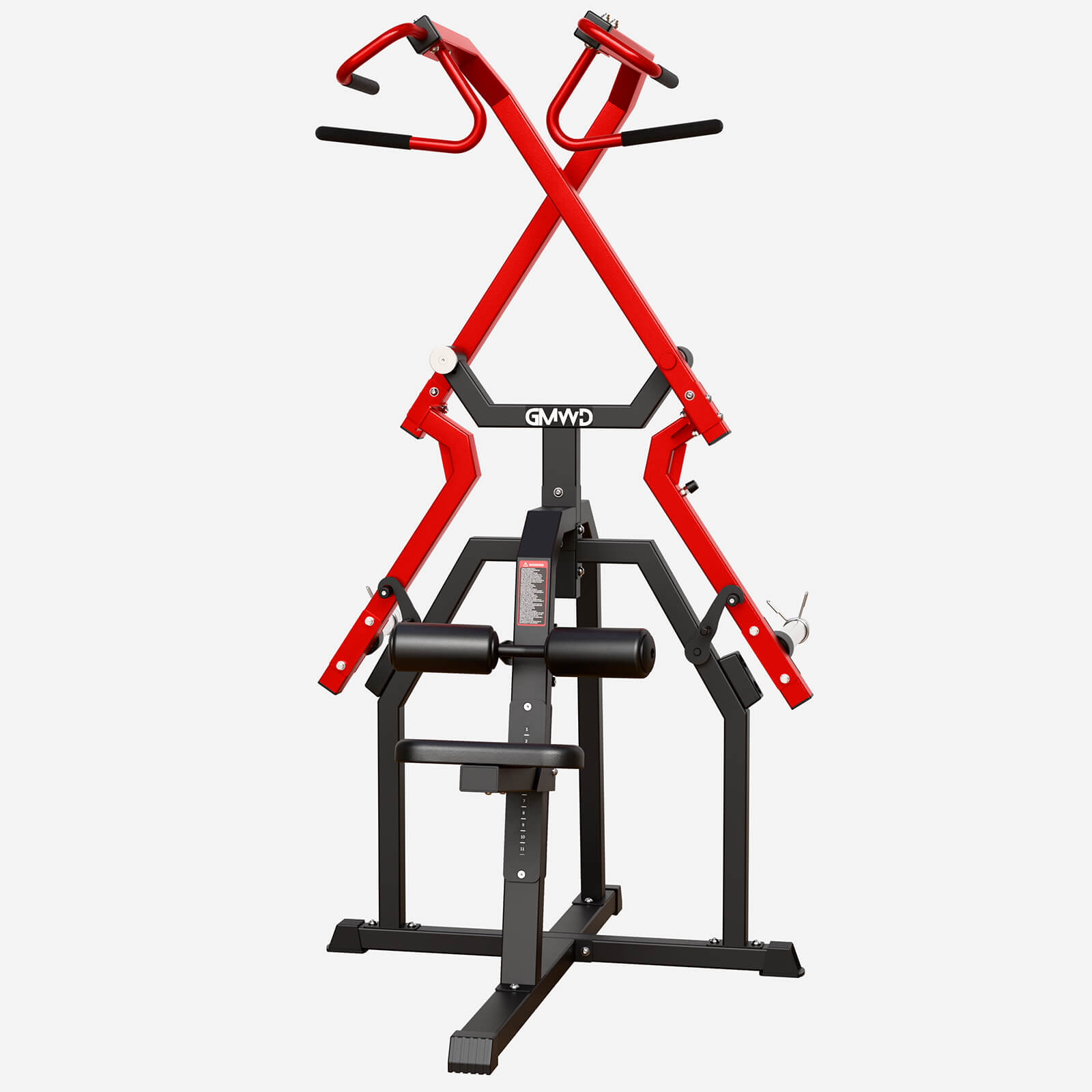
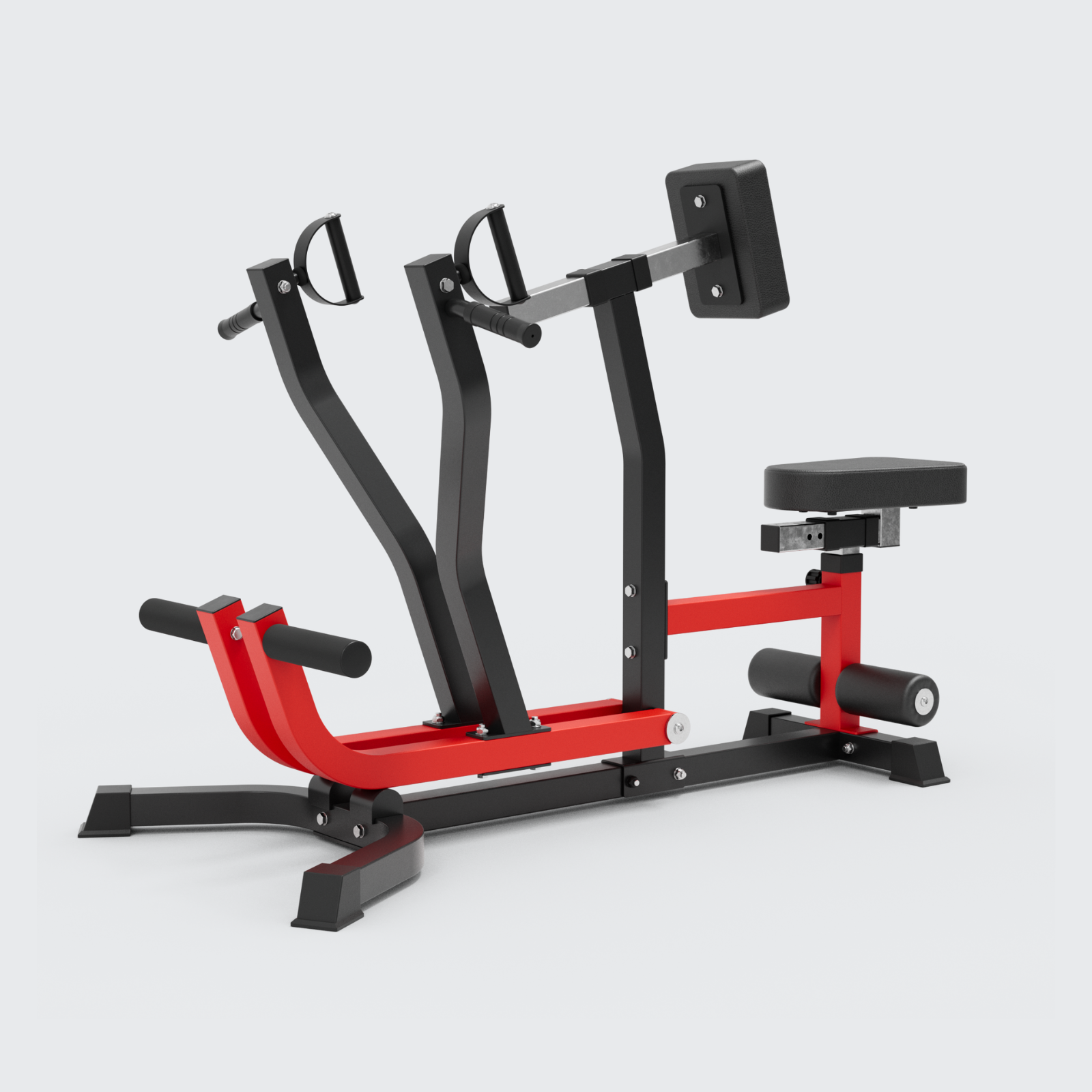
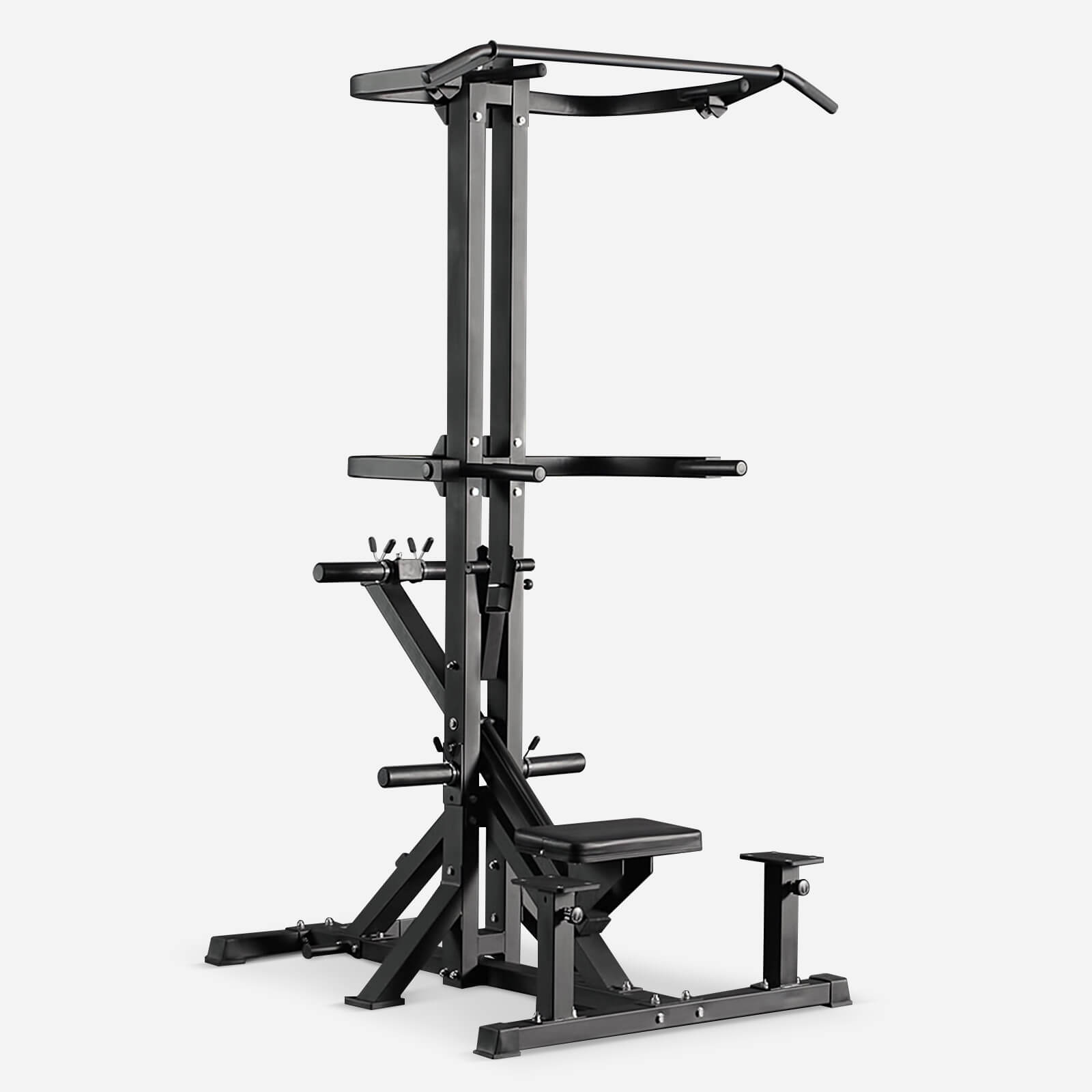


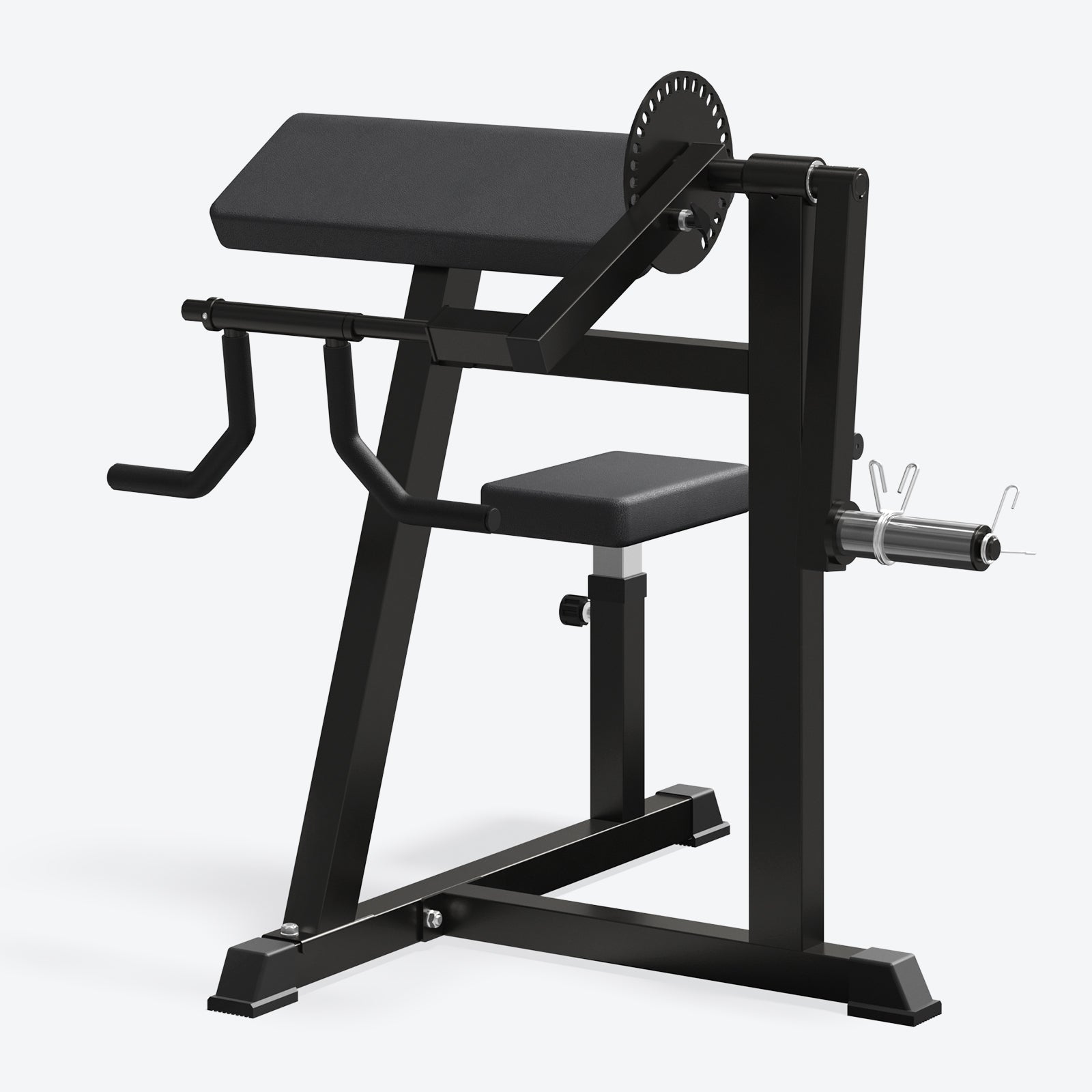
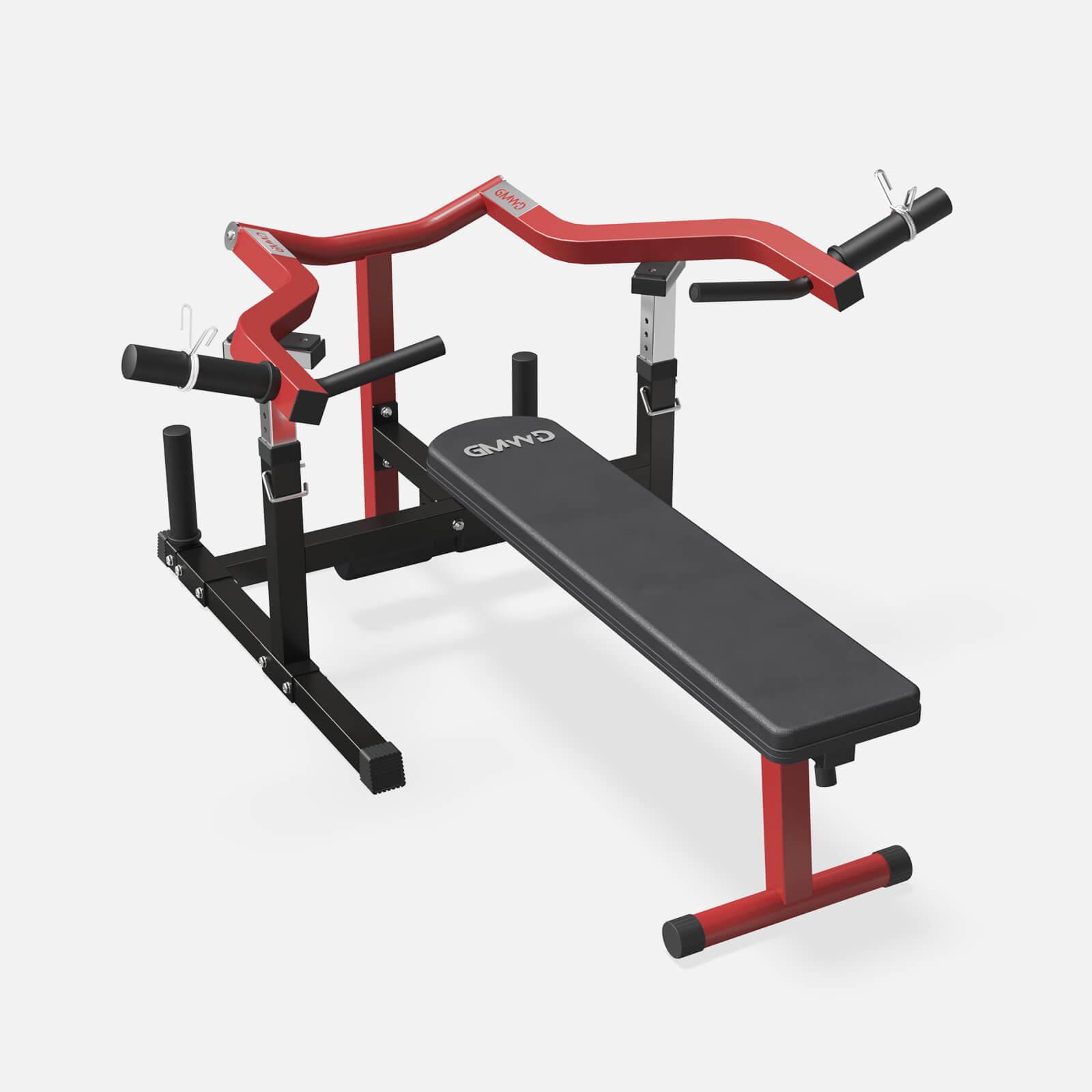
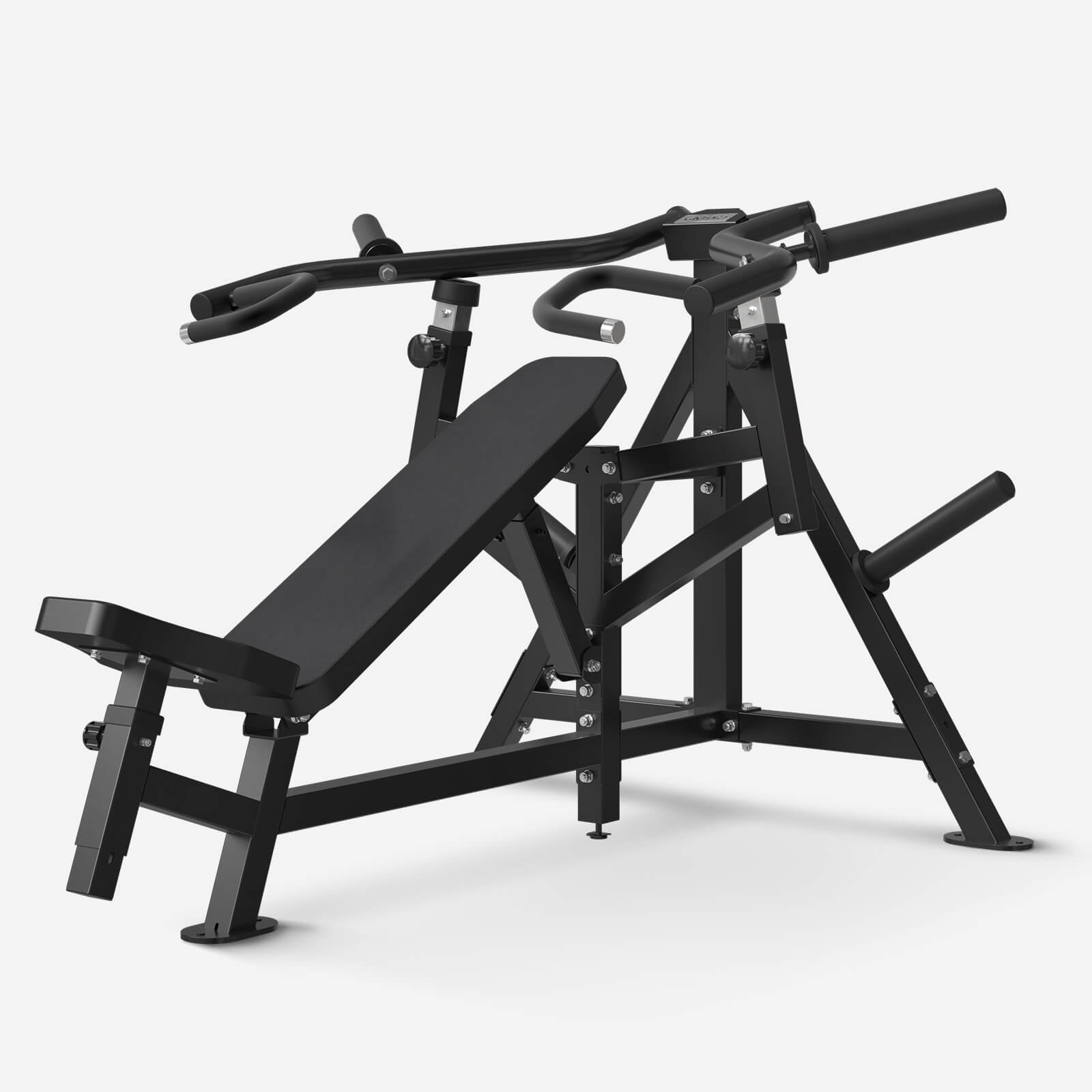
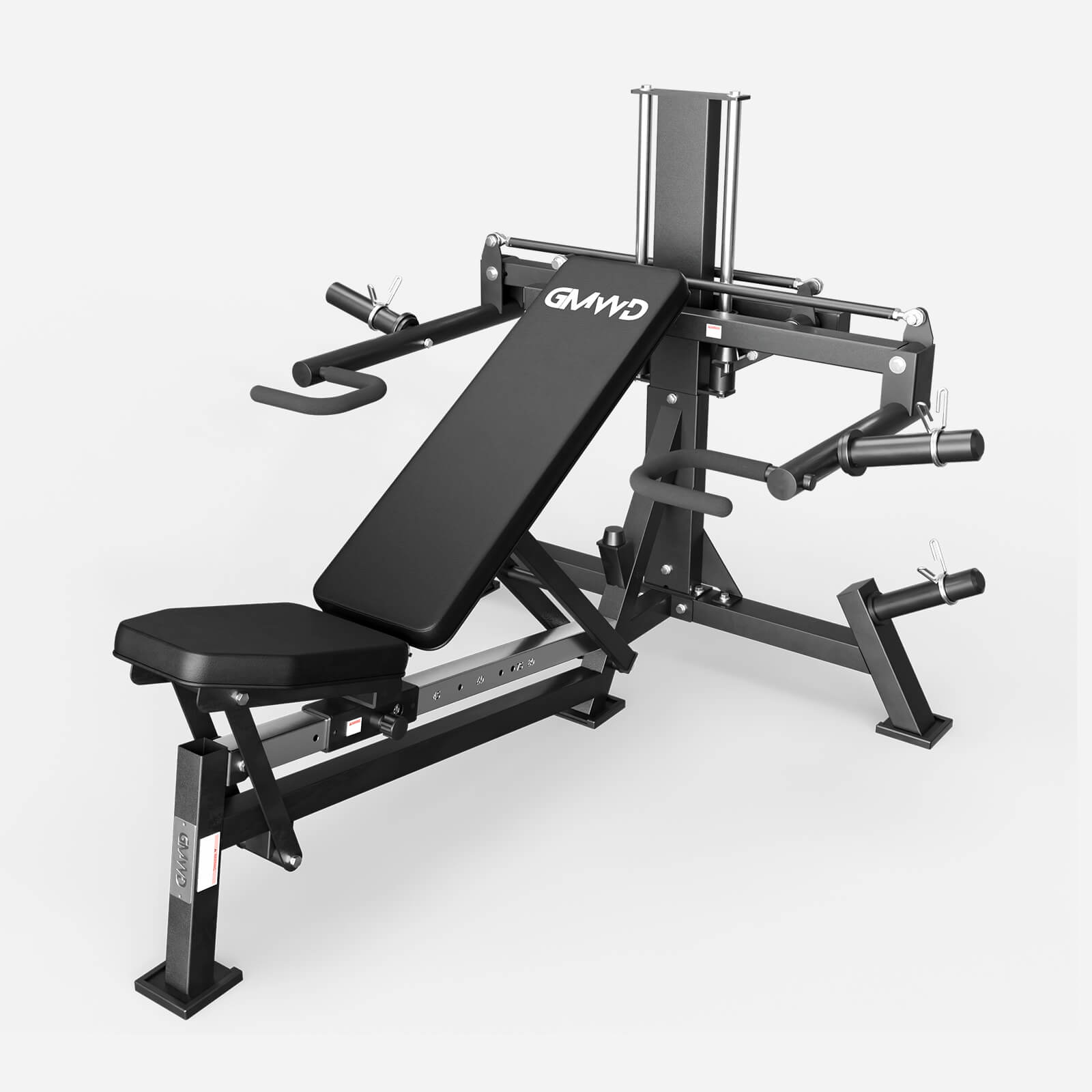
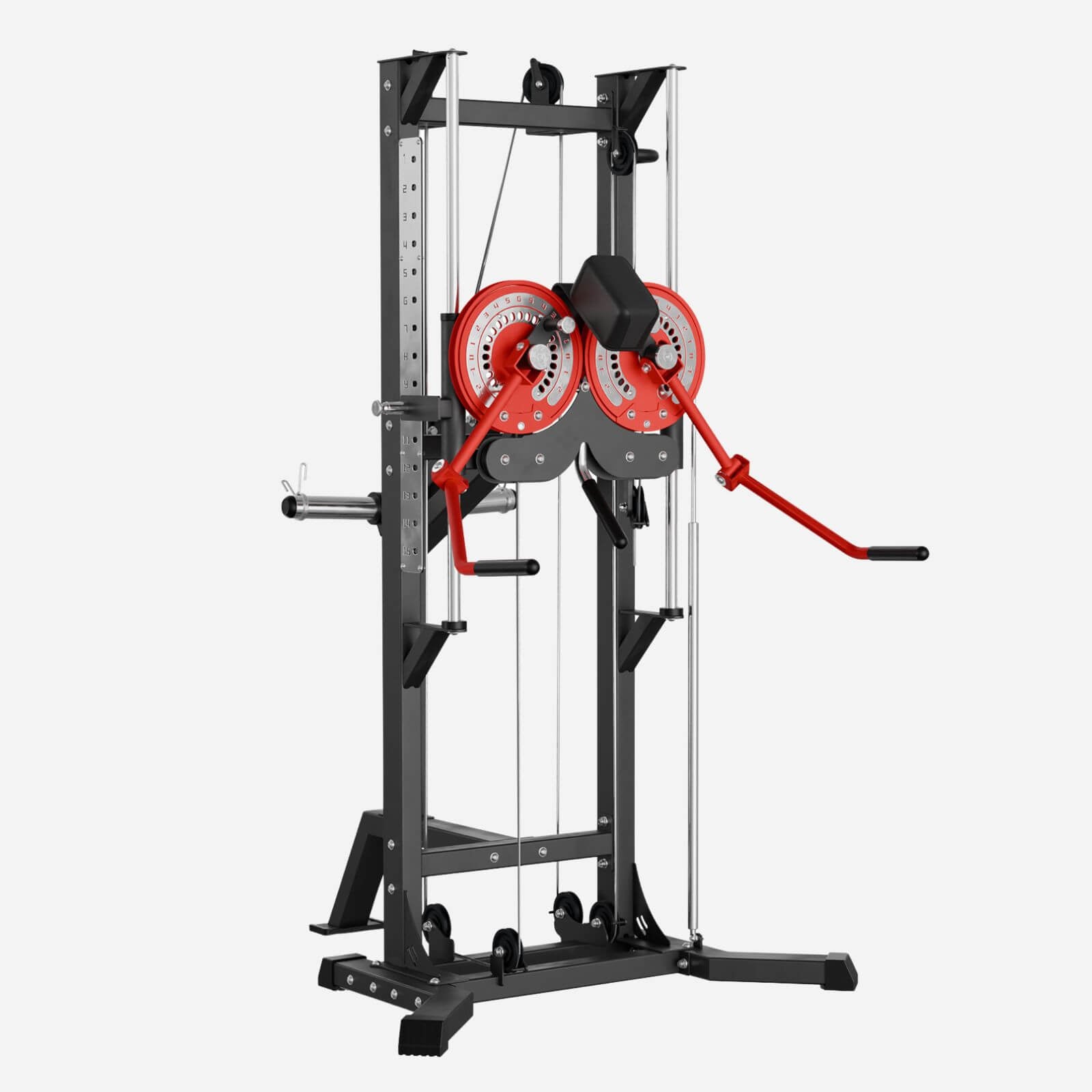
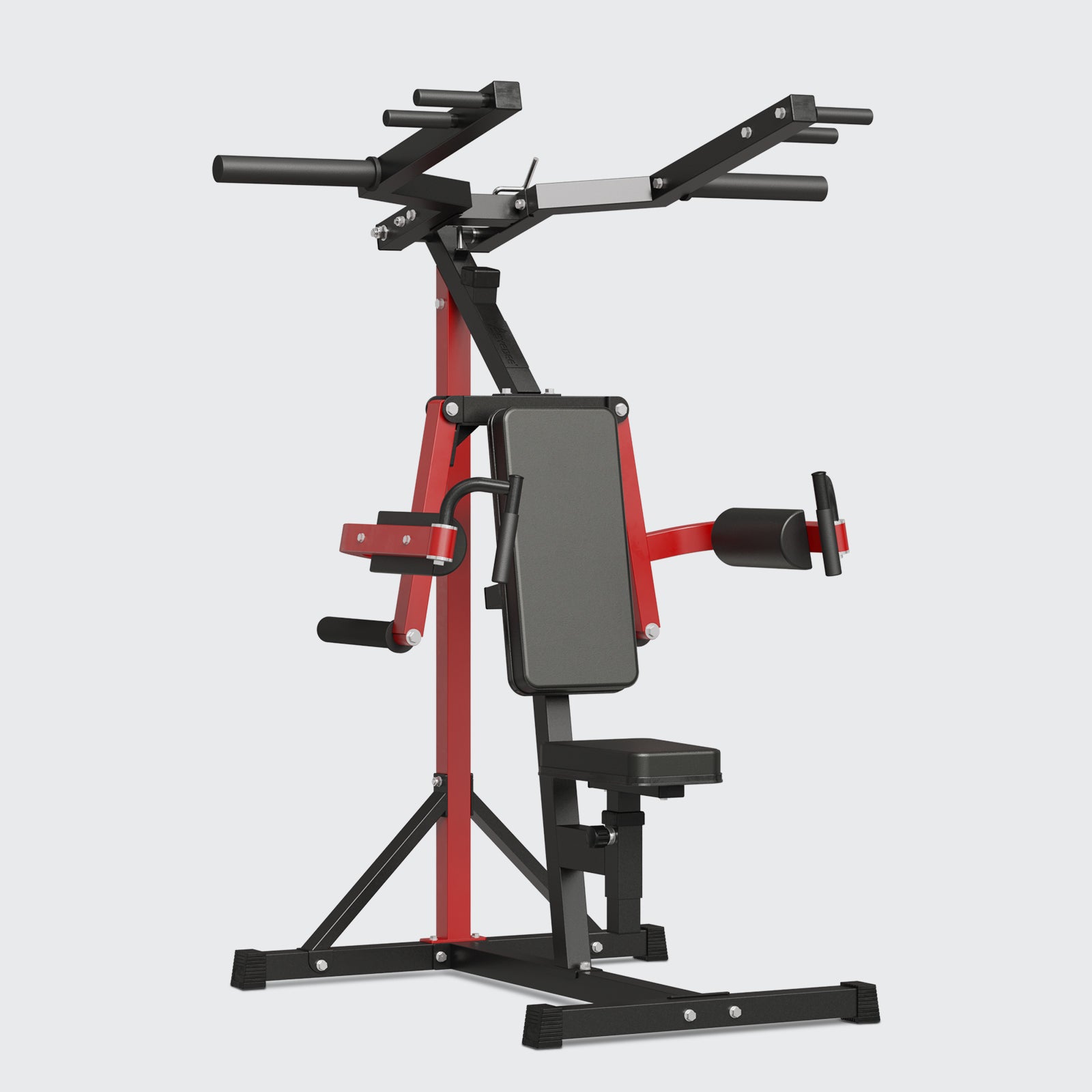
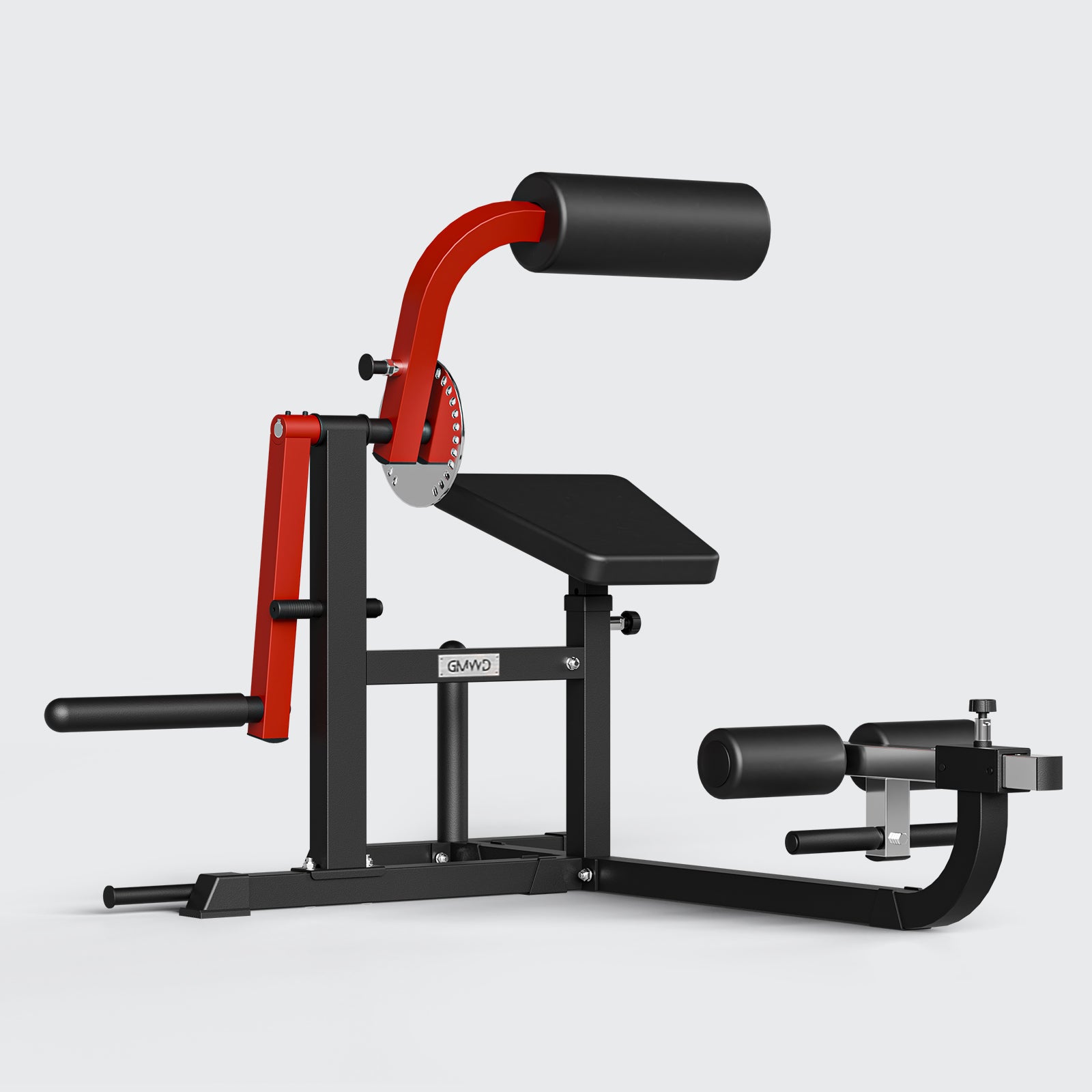
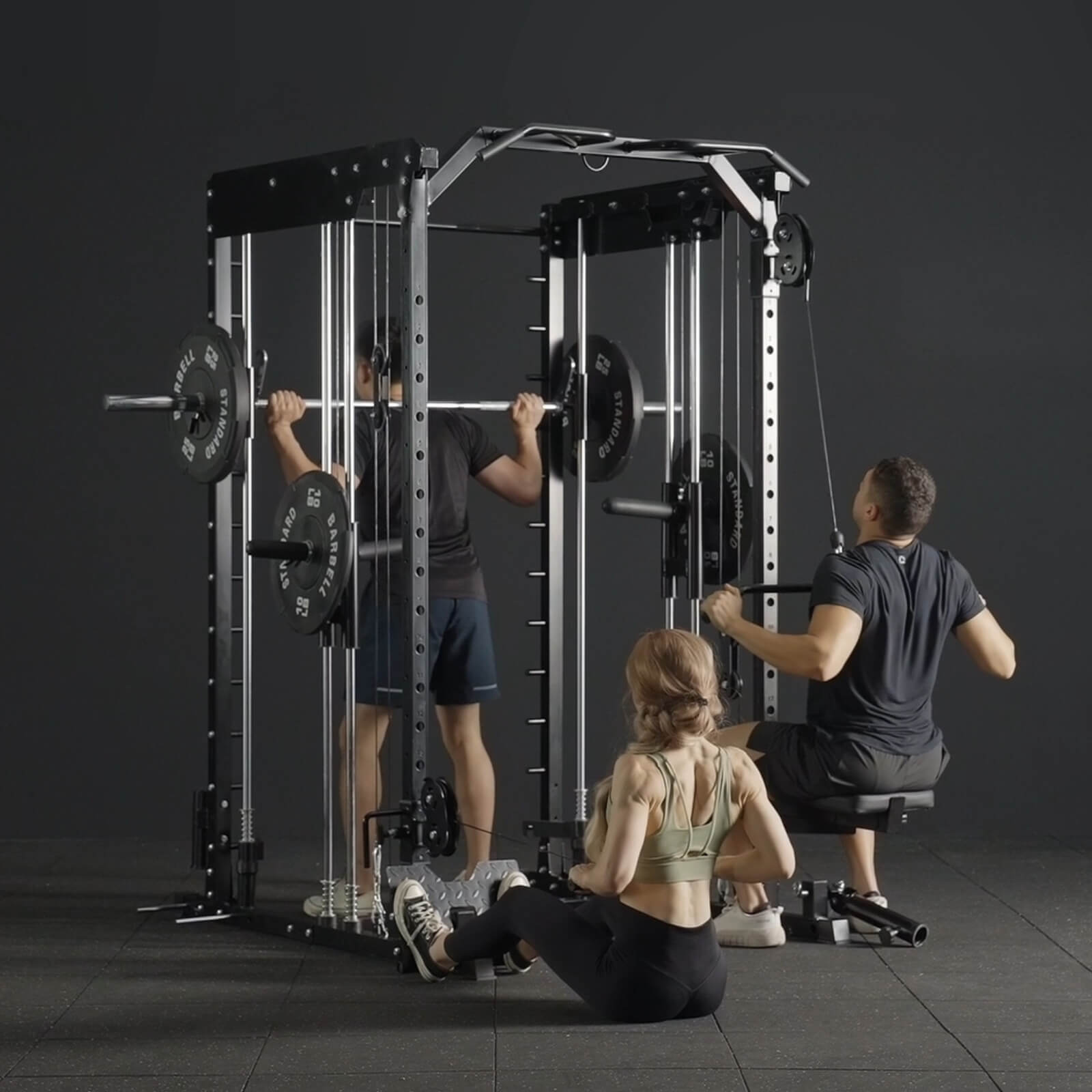
Leave a comment
All comments are moderated before being published.
This site is protected by hCaptcha and the hCaptcha Privacy Policy and Terms of Service apply.